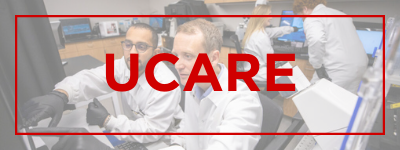UCARE: Undergraduate Creative Activities and Research Experiences

UCARE: Research Products
ORCID IDs
Dietsch 0000-0003-4554-5365
Date of this Version
8-2016
Document Type
Poster
Citation
Poster Presentation at the University of Nebraska-Lincoln Summer Research Symposium, August 2016, Lincoln, Nebraska, United States.
Abstract
Background
Swallowing disorders are prevalent and costly. As of now, there are limited therapeutic options available to treat them. Extant research in limited populations has suggested that swallowing mechanics can be improved by extremely sour liquids, but this has not been tested in traumatically injured populations. However, sour tastants are unpleasant, and more palatable taste mixtures have not been tested.
Methods
The quantitative data were extracted from an existing pool of de-identified video fluoroscopic swallowing studies (moving radiographs) obtained from traumatically injured young adults under another research protocol. Each participant completed swallows of custom-mixed plain, sour, and sweet-sour boluses. Positions of key anatomical landmarks at different stages of each swallow as well as area measures for pharyngeal residue after swallows were obtained. A standardized scale was used to describe any airway penetration of the bolus. Results were then compared across the three tastants.
Results/Conclusion
The tastants affected the amount of residue that remained within the vallecular and piriform spaces on each trial. The residue in both the vallecular and piriform cavities was consistently lower (suggesting a more efficient swallow) when a sweet-sour bolus was swallowed. The amount of residue remaining after a sour or plain bolus was swallowed varies between the two cavities. However, the degree of airway penetration/aspiration from each swallow did not appear to have a direct relationship with either the tastant type nor the residue left behind.
Included in
Other Analytical, Diagnostic and Therapeutic Techniques and Equipment Commons, Speech Pathology and Audiology Commons, Systems and Integrative Physiology Commons


Comments
Copyright 2016, Megan Asselin and Angela Dietsch